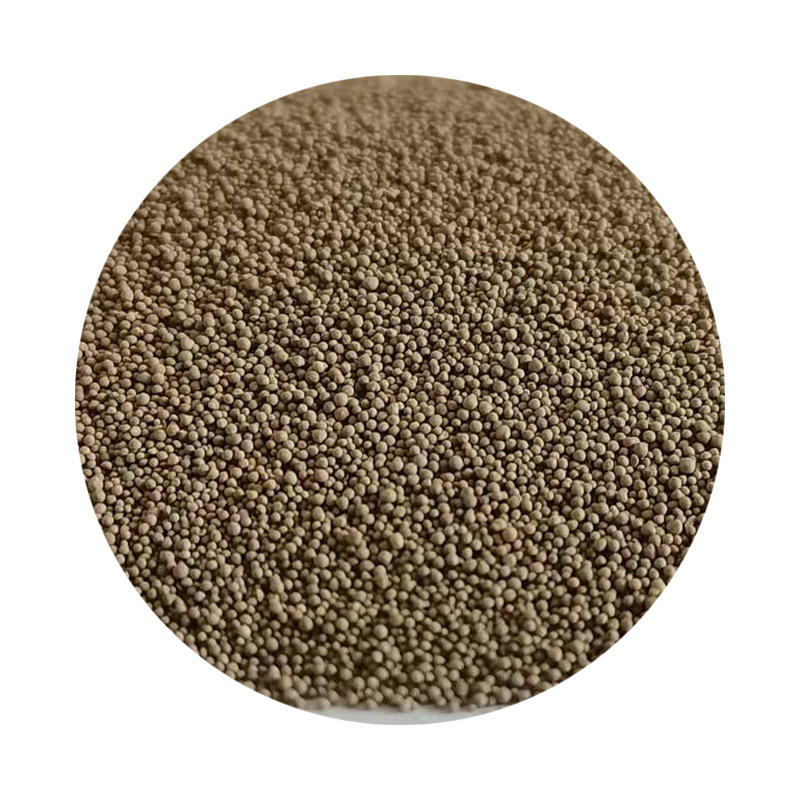Products Made from Sand Casting
Sand casting, one of the oldest and most versatile metal casting techniques, is a method that involves creating a mold from sand to form metal objects. This process has been used for centuries to produce a diverse range of products, from simple tools to complex machinery components. Its popularity can be attributed to its cost-effectiveness, ability to create large or small parts, and suitability for producing intricate designs.
Overview of Sand Casting
The sand casting process begins with the creation of a mold, usually made from a mixture of fine sand and a binding agent, which is shaped into the desired form. This sand mold is packed around a pattern (the object to be replicated), which is then removed to leave a cavity into which molten metal can be poured. Once the metal cools and solidifies, the sand mold is broken away, revealing the final product.
Common Products Made Using Sand Casting
1. Automotive Parts One of the largest applications of sand casting is in the automotive industry. Many engine components, such as cylinder heads, engine blocks, and intake manifolds, are produced using this method. Sand casting allows for the production of complex geometries necessary for modern vehicle performance.
2. Aerospace Components Aerospace engineering involves stringent standards for material properties, and sand casting plays a crucial role in producing lightweight yet strong components. Turbine housings, brackets, and various other parts of aircraft engines are commonly made through sand casting due to its ability to create precision and durable parts.
3. Industrial Equipment Many pieces of machinery used in various industries are cast from metal. This includes manufacturing equipment, mining machinery, and agricultural tools. Sand casting allows manufacturers to produce durable and reliable metal components that withstand heavy usage and extreme conditions.
4. Household Items Sand casting is also used to create various everyday items, including cookware, garden tools, and decorative pieces. Cast iron cookware, such as skillets and Dutch ovens, are popular due to their excellent heat retention and cooking properties, which are a direct result of the sand casting process.
what products are made from sand casting

5. Art and Sculptures Artists and sculptors often use sand casting to create unique, custom sculptures and decorative objects. The flexibility and creativity allowed by sand casting enable artists to express their ideas in metal, resulting in beautiful and unique products that can stand the test of time.
6. Marine Components Products used in marine environments, such as propellers, pumps, and housing for various devices, are often made from sand casting. The method allows for the production of durable components resistant to corrosion, which is critical in marine applications.
7. Gears and Bearings Many mechanical systems rely on gears and bearings, which can be efficiently produced through sand casting. This includes a wide range of uses from small machinery to large industrial equipment.
Advantages of Sand Casting
The benefits of sand casting are numerous. First, its low cost makes it an attractive option for both large-scale and small-scale production. The flexibility offered by sand allows for complex shapes without the need for expensive tooling. The process can use a variety of metals, including aluminum, iron, and magnesium, making it suitable for numerous applications.
Moreover, sand casting is environmentally friendly, as the sand can be reused multiple times with minimal processing. This sustainability aspect adds to its appeal in today’s manufacturing landscape.
Conclusion
In summary, sand casting is a vital technique in the production of a wide array of products across various industries. From automotive to aerospace, household items to artistic creations, the applications of sand casting are extensive. Its combination of cost-effectiveness, versatility, and ability to produce high-quality components continues to make it a favored choice for manufacturers around the world. As technology evolves, the sand casting process is likely to see further innovations, ensuring its relevance in modern manufacturing.
Post time:Aug . 01, 2024 00:09
Next:Exploring Innovative Techniques for 3D Printing with Sand Materials in Modern Manufacturing
